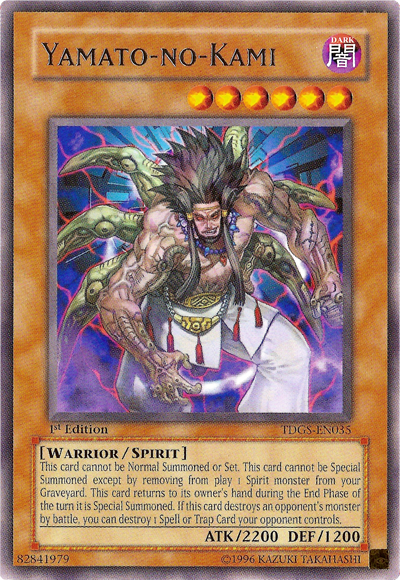

“It’s likely that was a reaction to the sudden disruption of the daily routine,” Matthew Meyer, an artist and yōkai expert, tells Atlas Obscura’s Claire Voon in an email. The spirit instructed the passerby to share drawings of it to keep the disease at bay, and thus the image of Amabie spread. Six years of good harvest were on the way, Amabie said, but a plague was coming, too. According to popular lore, the creature appeared off the coast of southwestern Japan and predicted the future to a passerby. These spirits frequently feature in Japanese television shows and video games.Īmabie, first documented in kawaraban, is a more benevolent spirit. Some of the more well-known yōkai include Kappa, a tricky turtle-like water spirit, and Oni, a horned troll. Yōkai sightings first entered folklore during this period and have been a mainstay of Japanese popular culture ever since. The shogunate restricted mass publishing for the public, but news of major events and natural disasters, as well as supernatural stories, still managed to spread through illicit one-page prints called kawaraban. Spanning the 17th through 19th centuries, the Edo period marked the final era of traditional Japan, when the nation was ruled by a military dictatorship called the shogunate. The movement reflects “a similar mindset to that held by people in the Edo era,” Chief Librarian Eishun Nagano of the Fukui Prefectural Archives tells Japanese news agency Jiji Press.


One artist created Amabie keychains that sold out among local businesses experiencing a decline in customers due to COVID-19, according to the Asashi Shimbun. Other illustrators have given the traditional spirit new life, too, sharing its image as sculptures, latte art and costumes, among other creative offerings. “It may have to do with its shiny, sparkly looks.” “It’s so surprising that we’re getting feedback from not just young people but also the elderly,” Yukio Shoji, the museum’s director, tells the Mainichi Shimbun. Last week, the group in charge of his work contributed a depiction of Amabie to the growing Twitter trend a museum dedicated to Mizuki’s work has also received an unusual number of requests about the spirit amid the novel coronavirus pandemic. It stands to reason, then, that artists around the world are now sharing their interpretations of the classic creature on social media.Īrtist Shigeru Mizuki, who died in 2015, was a master of the yōkai genre. According to legend, seeing and distributing Amabie’s image can keep infectious disease away. The character, known as Amabie, is one of the yōkai-a class of spirits first popularized in Japanese folklore during the Edo period. A long-haired merperson with three scaly tails and a beak might not seem like someone you’d want in your corner, but there’s a good reason this mythological creature is gaining traction online.


 0 kommentar(er)
0 kommentar(er)
